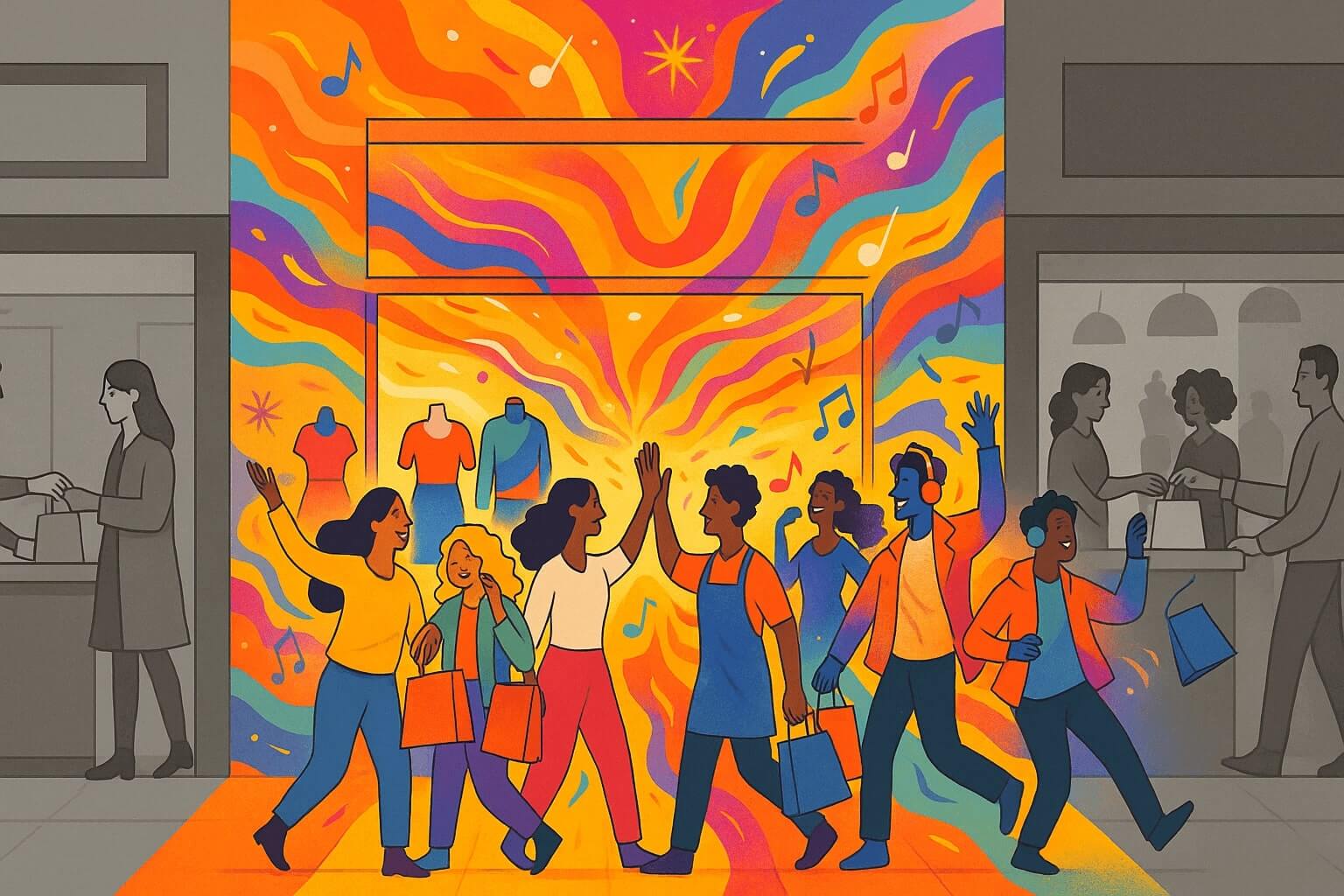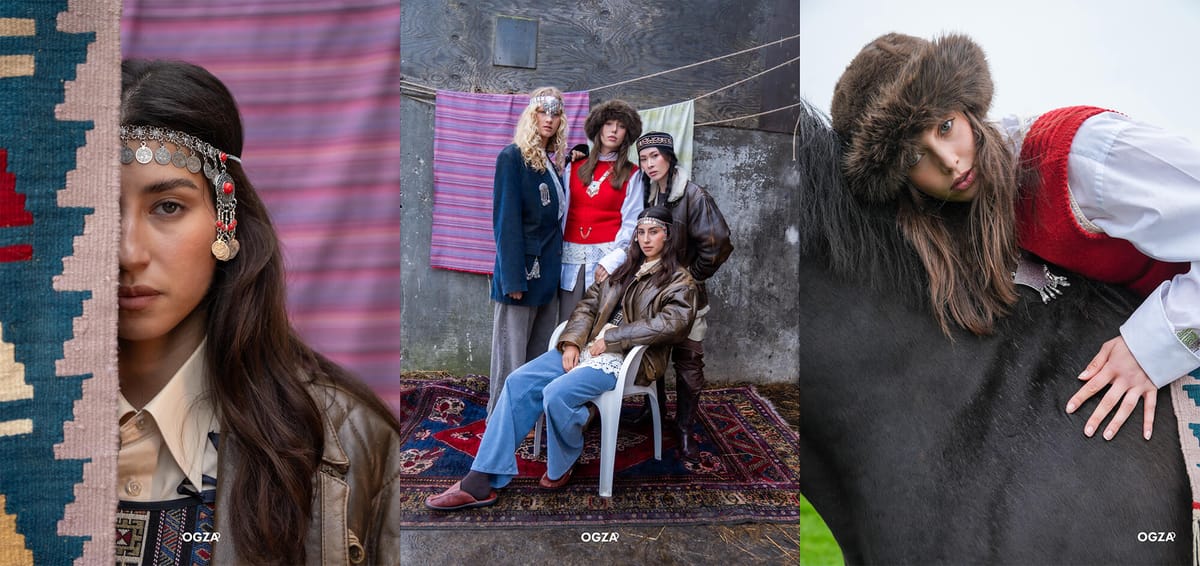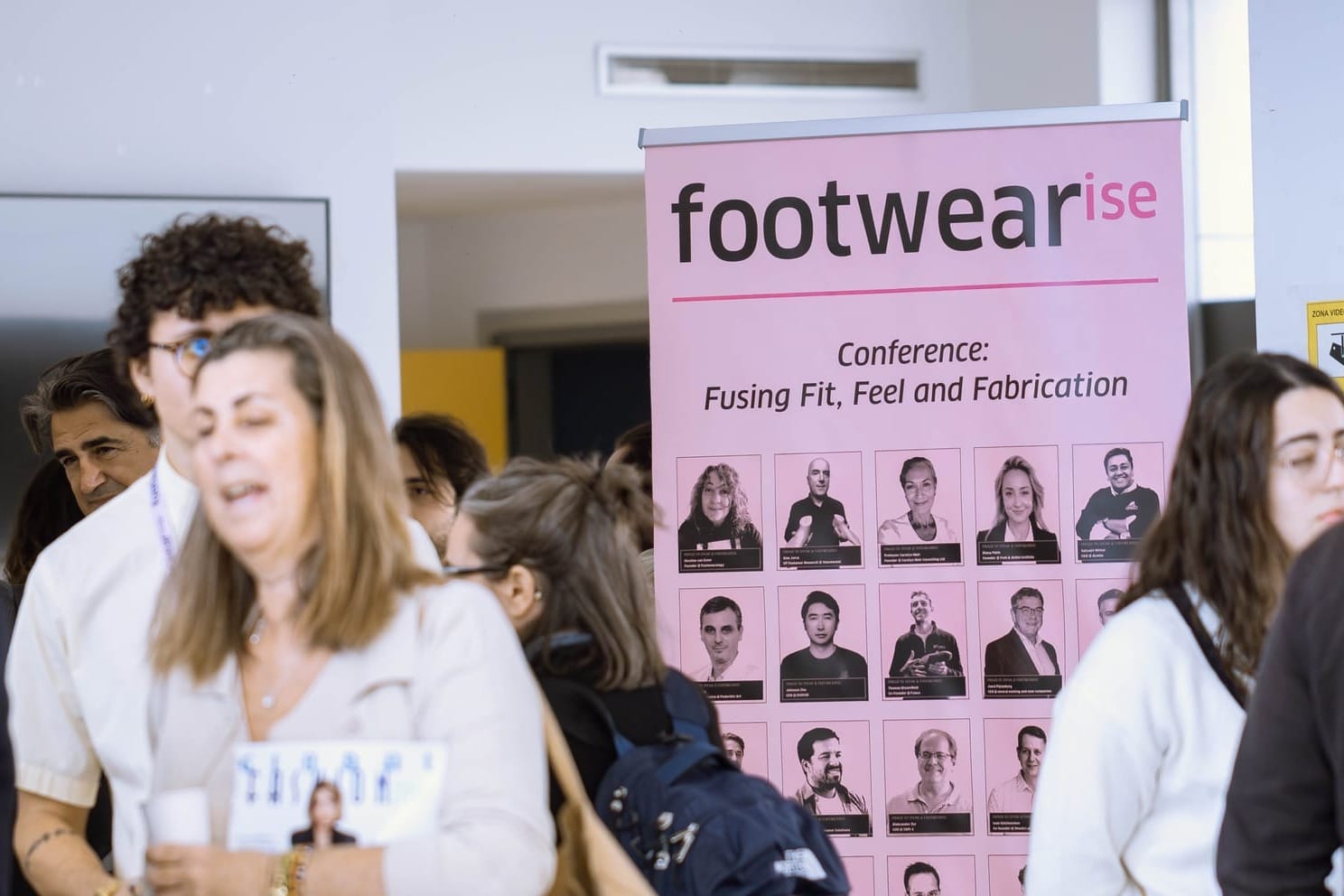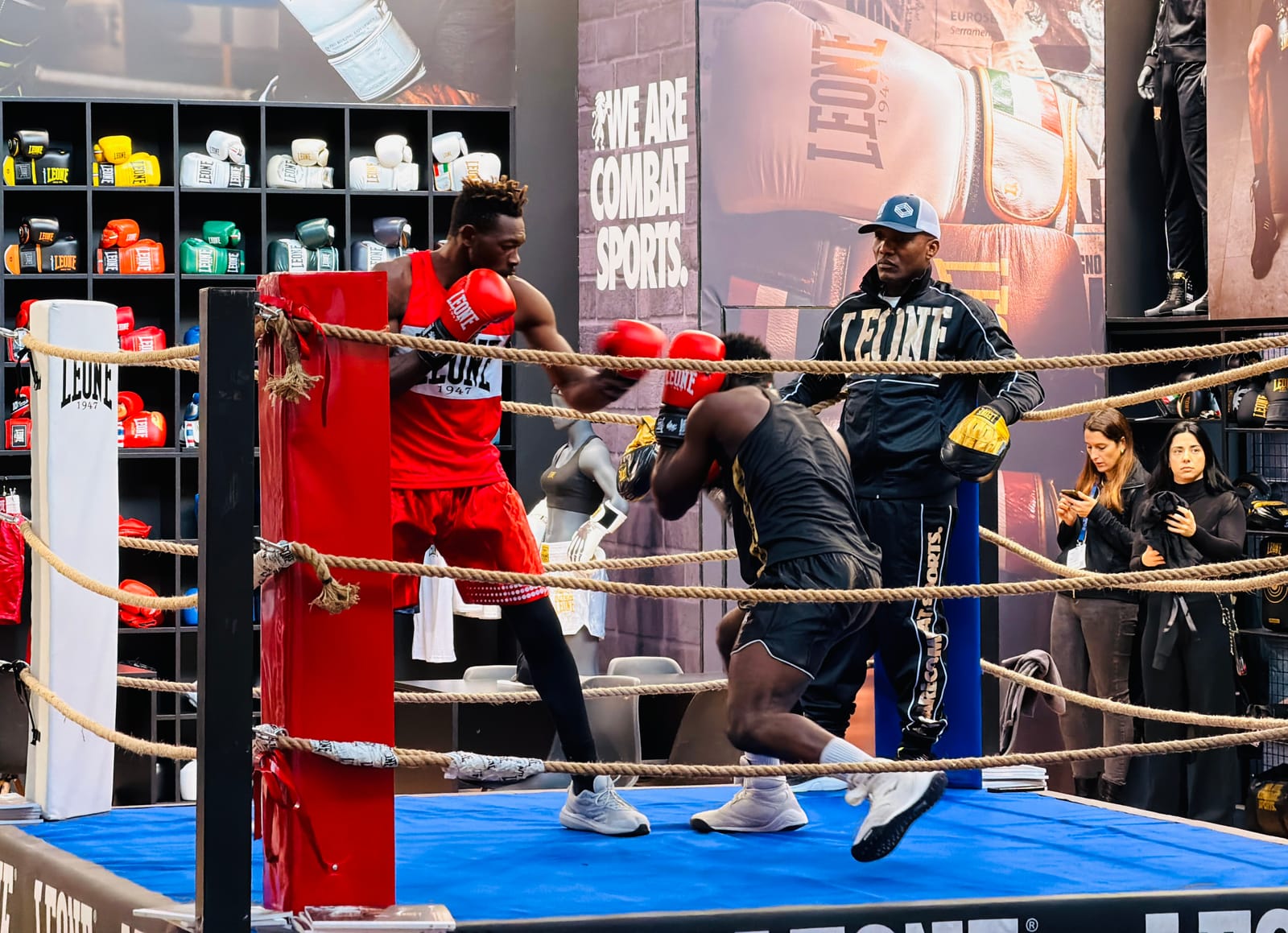In today’s hyper-saturated retail environment, ‘good enough’ is no longer good enough. The real differentiator isn’t just a flawless product or slick campaign, but the ability to create a sense of belonging that keeps people coming back long after their purchase.
In this Retail Rebels preview, moderator Dominick Miserandino (Retail Tech Media Nexus) sat down with Marisa Byrne (KNS International), Casey Rosett (formerly Vans), and Marie Driscoll (The New School), to answer one urgent question: how can brands design for connection, not just conversion?
From flagship store magic to micro-influencer credibility, data vs. dialogue, and the balancing act between staying true to your “why” and staying agile, here’s what they had to say...
Watch the full video interview below!
Don’t have time to watch the full video? Scroll down for a summary of key takeaways and noteworthy quotes.
Key Takeaways
1. Good product is table stakes – connection is the differentiator
A great product is non-negotiable, but it’s no longer enough to stand out. Connection happens when the brand’s values, culture, and storytelling are woven into the entire customer journey.
''Product is the tangible offer – that’s table stakes for any brand. But consumer connection is driven by shared purpose and relevance'' – Casey Rosett
At Vans’ Fifth Avenue flagship, this meant reimagining the space to reflect the brand’s ethos and culture, not just merchandise. The “Community Hub,” staffed by local skaters, created authentic connections that extended beyond commerce.
Similarly, Avocado Mattress won over Marisa Byrne with a relaxing, service-driven in-store experience, thoughtful follow-up from staff, and unexpected extras like relevant product recommendations.
''From the minute I stepped in the store…it completely captured me. Through exceptional in-store service, atmosphere, and personalised follow-up, they turned me into a 'brand warrior''' – Marisa Byrne
Ultimately, connection is built in every interaction, not just at the point of sale.
⏩Watch at 03:45 for Casey’s full story on the Community Hub
⏩Watch at 15:18 for Marisa’s full Avocado Mattress story.
2. Immersive experiences turn stores into cultural spaces
Luxury and lifestyle brands are evolving stores into multi-sensory, lifestyle-driven destinations – from Louis Vuitton cafés to Nike NYC’s in-store basketball courts and customisation floors.
''You’re not just looking at what that product makes you feel, but how the brand makes you feel…and how you become part of it'' – Marisa Byrne
The most memorable retail experiences invite customers to spend hours, not minutes, engaging with design, community, and opportunities for personalisation baked into the visit.
⏩Watch at 05:53 for Marisa’s take on Nike NYC and the luxury lifestyle approach.
3. The physical store is still the ‘cathedral’ of your brand
Stores are the ultimate brand expression, capable of engaging all five senses and delivering hospitality that no online space can fully match.
''The store becomes the cathedral to the brand – taste, smell, touch, sight, sound…all curated to tell the story'' – Marie Driscoll
Every element, from music and scent to the knowledge and friendliness of store staff, reinforces the brand identity and deepens emotional connection.
⏩Watch at 08:50 for Marie’s vision of the multi-sensory store experience.
4. Translate the in-store magic to digital – but keep it human
Digital environments risk becoming flat product catalogues if they aren’t infused with storytelling, education, and interaction. The goal is to extend the sense of discovery, not just the transaction.
''Most digital experiences are basically flat…It’s an opportunity for storytelling and for engaging the consumer'' – Marie Driscoll
The challenge lies in making online spaces feel as personalised and emotionally resonant as in-store ones, without resorting to intrusive or manipulative tactics.
⏩Watch at 07:26 for how the panel approaches bridging physical and digital.
5. Authenticity matters more than aggressive marketing
Short-term conversion hacks can damage long-term brand trust, especially with younger consumers.
''There’s a huge opportunity…but you can be annoying, you can overdo it. Millennials and Gen Z will walk away from brands purely on that first experience'' – Casey Rosett
Instead of bombardment, brands should focus on content and experiences that align with their ‘why’ – the purpose and values that matter to their audience.
⏩Watch at 19:24 for Casey’s cautionary take on over-marketing.
6. Co-creation works best when you give creative control
Working with creators, ambassadors, and even store staff is most effective when the fit is right, and they’re trusted to express the brand in their own voice.
''The most effective creators are able to bring their own essence…You can’t control it completely because you water it down and people see through that'' – Casey Rosett
This balance between brand safety and authentic voice is key to ensuring content resonates with the audience you’re trying to reach.
⏩ Watch at 35:02 for Casey’s approach to maintaining authenticity in collaborations.
7. User-generated content (UGC) & micro-influencers drive credibility
From co-creation to behind-the-scenes content, UGC is a powerful trust-builder. Micro-influencers often deliver higher engagement than celebrity endorsements because their content feels personal and unpolished.
''We’ve seen the biggest engagement spikes when we show the real people behind the brand. The micro-influencer is often more authentic…They’re showing how products fit into their real life'' – Marisa Byrne
UGC also turns consumers into ambassadors, sharing styling tips, lifestyle integration, and stories that make the brand part of their daily life.
⏩Watch at 31:12 for Marisa’s breakdown of UGC and micro-influencer strategy.
8. Data is valuable but dialogue is irreplaceable
Analytics can reveal what’s working, but they don’t replace simply talking to customers. In-store teams are on the front lines and can often surface insights faster than any dashboard.
''Some of the most I ever knew about what the consumer wanted came from fitting shoes on the floor and just listening. Relationships are built one person at a time…and they take longer. But that’s where lifetime value comes from'' – Marie Driscoll
⏩Watch at 25:56 for how the panel weighs data vs. human insight.
9. Balance is the long game and it requires agility
Connection and conversion aren’t opposites, but finding the sweet spot takes constant adjustment. Brands need the resilience to maintain their ‘why’ and the agility to seize cultural moments.
''During the big media blitz about the Jeff Bezos wedding in Venice, JCPenney put out an ad saying, ‘You too can have a wedding in Venice, California, for $10,000.’ Genius, right? It was responsive, quick, and resilient – exactly what I mean when I say your strategy has to be like a river: a moving picture, not a static photo. You have to enable people in every part of your business to be responsive'' – Marie Driscoll
''Getting close to your consumer - in store, in community, in their spaces - that’s the heartbeat that will tell you what you need to know'' – Casey Rosett
⏩Watch at 38:03 for the panel’s closing reflections on finding the sweet spot.
Closing Thoughts
Across all nine takeaways, one theme kept surfacing: authentic connection is built intentionally and maintained through balance. Whether it’s turning stores into cultural landmarks, empowering creators to tell your story in their own voice, or seizing a cultural moment with wit and speed, the brands that will win are the ones that put people first, everywhere they show up.
Relationships are built one person at a time…and they take longer. But that’s where lifetime value comes from – Marie Driscoll
If you enjoyed this discussion, you’ll want to be in the room this October. All four speakers will be at Retail Rebels in New York, where we’ll dive deeper, share fresh insights, and tackle your questions live. Don’t miss it!






